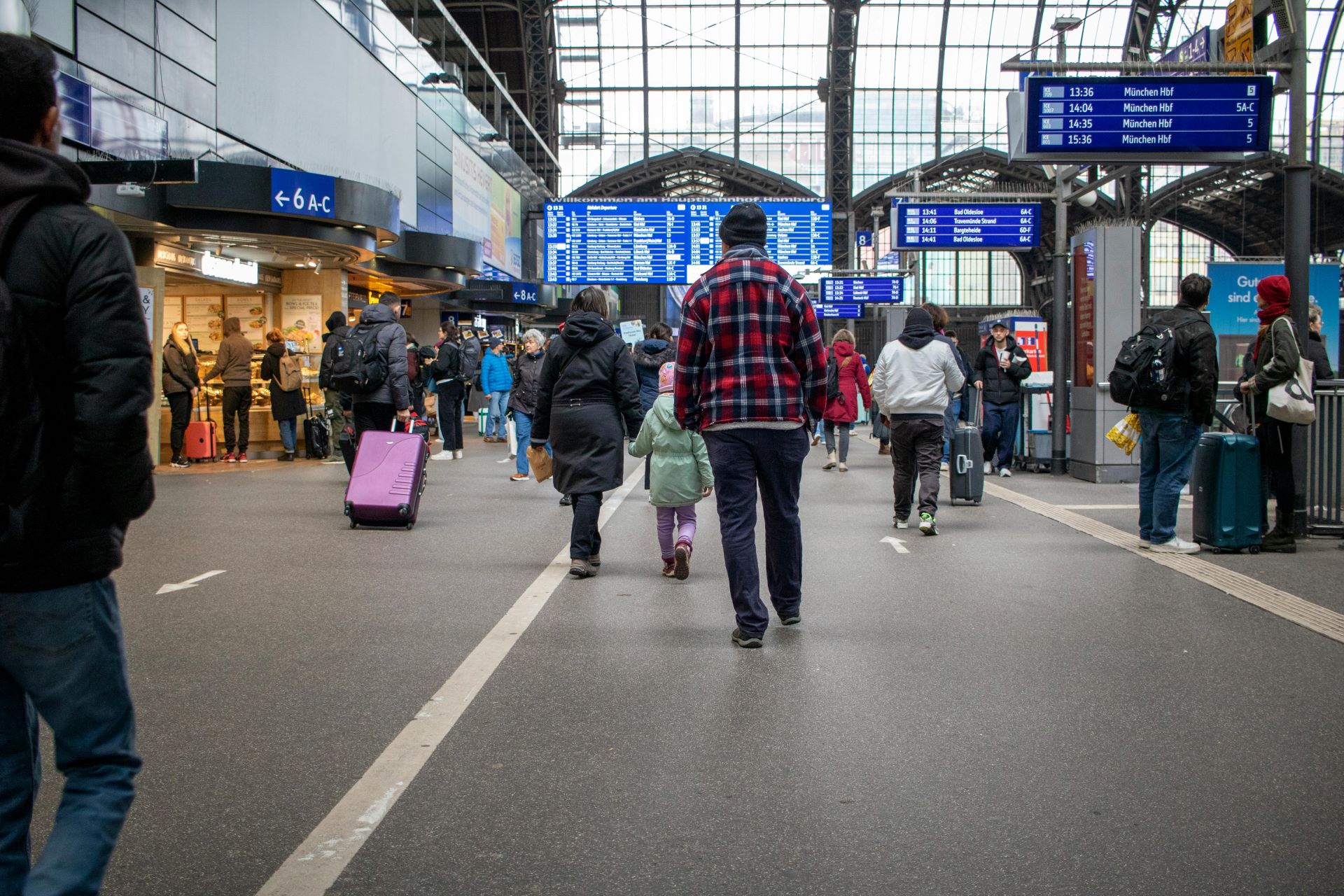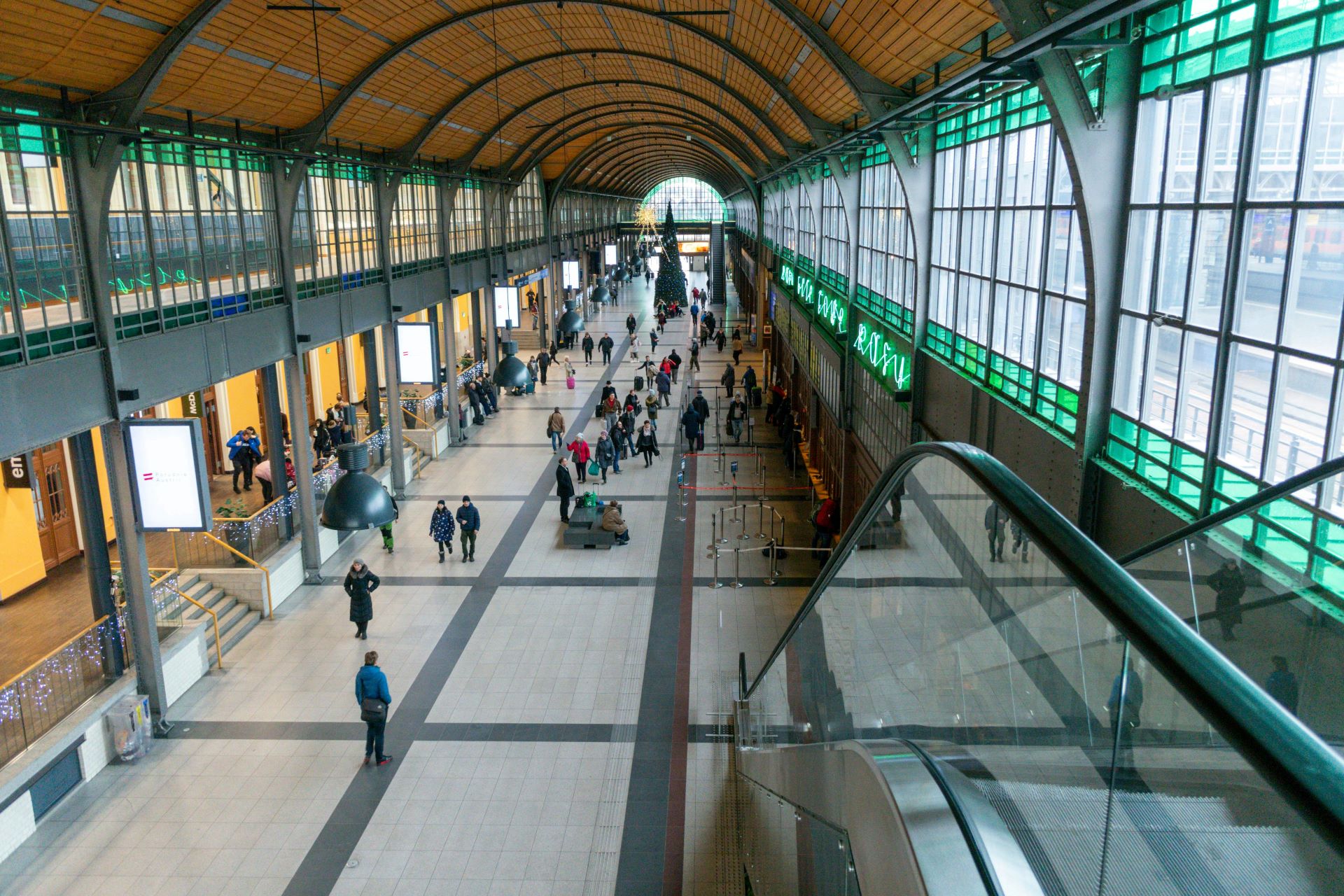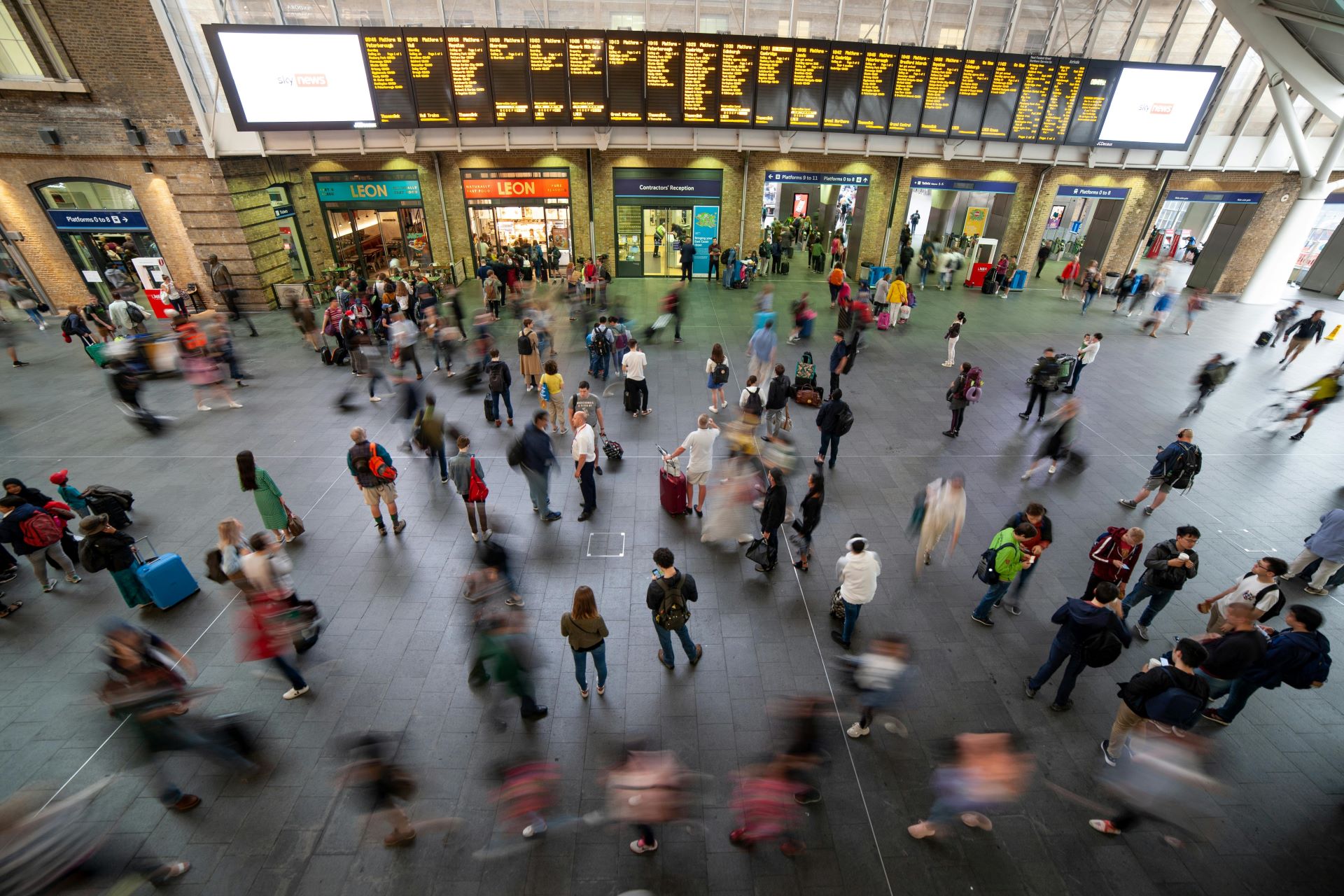The Age of the Intentional Layover
Once upon a time, the word “layover” evoked sighs, stale airport coffee, and long hours in transit lounges lit by harsh fluorescent lights. Travellers spoke of them the way they might speak of a head cold: a necessary inconvenience endured in pursuit of something better on the other side. But today, that old narrative has been upended. The world’s leading airlines — notably Emirates, Qatar Airways, and Turkish Airlines — are reimagining layovers as opportunities, not obstacles.
In this new era of airline tourism, the in-between has become the experience. Passengers are no longer simply passing through cities; they’re checking in, exploring, tasting, and discovering. What was once “dead time” is now a mini-holiday, meticulously curated by the carriers themselves and backed by national tourism boards eager to turn transits into tourism revenue.
The modern traveller is increasingly seeking flexibility and value. A stopover package that includes a night in a four-star hotel, a guided city tour, and a taste of local cuisine — all bundled into the price of a flight — ticks both boxes beautifully. As airlines compete to become not just transporters but hosts, the layover has evolved into an art form.

The Rise of the Stopover Economy
The shift didn’t happen overnight. It began as a subtle marketing experiment in the early 2010s, with Middle Eastern carriers testing the idea that their hub cities — Dubai, Doha, Istanbul — could serve as more than refuelling points. The hypothesis was simple: travellers already pass through these global crossroads, so why not invite them to stay?
In doing so, these airlines tapped into a growing demographic of travellers who value experiences over destinations. The modern voyager is curious, globally minded, and often time-poor. A 48-hour mini-break squeezed into a long-haul itinerary feels like a clever travel hack — a way to see more of the world without extra flights or complex planning.
Tourism economists now recognise the “stopover economy” as a legitimate sector of global travel. For cities like Dubai and Doha, it’s a key component of national strategy. By converting transiting passengers into short-term tourists, governments inject billions into local businesses, from hotels and restaurants to museums and retail outlets.
It’s a perfect alignment of interests: airlines gain loyalty, destinations gain visitors, and travellers gain adventure.
Emirates: The Blueprint of the Modern Stopover
If there’s one airline that pioneered the art of the stopover, it’s Emirates. From its base in Dubai, the carrier has built not just an airline but a tourism ecosystem — one that turns every connecting flight into a potential holiday.
The airline’s Dubai Stopover Programme is the gold standard. Travellers connecting through Dubai for more than six hours can book hotel stays, visa arrangements, airport transfers, and excursions directly through Emirates’ booking platform. The process is seamless, designed to be as frictionless as ordering room service.
But the true magic lies in how Emirates sells the experience. Marketing materials highlight desert safaris at sunset, rooftop infinity pools, and a skyline that glitters like a promise. For first-time visitors, the layover becomes an introduction to a city of spectacle — a taster of what a full vacation might bring.
Dubai Tourism and Emirates operate in lockstep. Billboards, online ads, and in-flight videos promote “48 Hours in Dubai” itineraries featuring shopping in the Souk Madinat, dining at Al Fahidi, and visiting the Burj Khalifa. The synergy between the airline and the city is total: Dubai is Emirates, and Emirates is Dubai.
This integration has transformed Dubai into a global stopover hub, strategically positioned between East and West. In 2024 alone, Emirates estimated that nearly one in five of its passengers opted to extend their layover, turning what was once downtime into a carefully crafted experience of opulence, discovery, and — naturally — Instagram content.
Qatar Airways: Culture in Transit
Doha may be smaller than Dubai, but what it lacks in flash, it makes up for in soul. Qatar Airways, in collaboration with Qatar Tourism, has positioned the Qatari capital as a cultural jewel of the Middle East — one that’s best discovered on a long layover.
Through its +Qatar programme, passengers can enjoy complimentary hotel stays, city tours, and even desert excursions when connecting through Hamad International Airport. The airline has transformed its world-class terminal into both a sanctuary and a showcase. The airport itself doubles as a gallery, featuring works by Damien Hirst, Urs Fischer, and Qatari artists in open-air installations.
Qatar Airways’ strategy goes deeper than simple marketing. By curating short, manageable experiences — a visit to the Museum of Islamic Art, a dhow cruise along the Corniche, or a taste of traditional machboos — the airline promotes authentic cultural immersion within a limited timeframe.
It’s an intelligent approach. While Dubai tempts with grandeur, Doha entices with depth. Travellers emerge not dazzled, but enriched — a subtle difference that reinforces Qatar Airways’ image as a carrier of refinement and sophistication.
The timing couldn’t have been better. After hosting the 2022 FIFA World Cup, Qatar enjoyed a global spotlight that cemented its tourism credentials. The national carrier has since capitalised on that momentum, using stopovers as soft-power diplomacy — inviting travellers to experience a country once considered merely a desert peninsula as a modern, multifaceted destination.

Turkish Airlines: Where Continents Collide
No airline embodies the idea of transit as transformation quite like Turkish Airlines. With its slogan, “Widen Your World,” the carrier’s stopover programme is a living embodiment of that promise.
Istanbul, straddling Europe and Asia, is itself a metaphor for travel. Turkish Airlines recognised early on that its hub could be the world’s most compelling layover city — a place where travellers could taste two continents in a single afternoon.
Through the Touristanbul initiative, passengers with connections of six hours or more are offered free guided tours of the city. Buses whisk travellers from Istanbul Airport to landmarks like the Blue Mosque, Hagia Sophia, and the Grand Bazaar, before returning them in time for their onward flights. It’s efficient, exhilarating, and completely unique in its accessibility.
In 2025, the airline expanded its Stopover in Istanbul programme to include complimentary hotel stays for premium passengers and discounted stays for economy travellers. What sets Turkish Airlines apart is how it uses its cultural narrative — the story of Istanbul as a meeting point of civilizations — as a marketing device. The layover becomes a pilgrimage of sorts, not a pitstop.
Turkish Airlines’ success also reflects Istanbul’s own renaissance. The opening of the new Istanbul Airport, one of the world’s largest, positioned Turkey as a global aviation powerhouse. Stopovers, once a logistical byproduct, are now a brand pillar.
The Psychology of the Micro-Holiday
Behind the glamour and marketing lies a deeper behavioural truth: travellers are rethinking what constitutes a “holiday.”
For the digitally connected generation, traditional vacations — week-long retreats booked months in advance — are increasingly impractical. Work schedules, cost constraints, and environmental considerations have given rise to the micro-holiday: short, high-impact escapes that deliver maximum experience in minimal time.
Airlines have astutely tapped into this psychology. A stopover isn’t just a layover with perks — it’s an instant gratification travel fix. The traveller gets a sense of novelty, the dopamine hit of discovery, and the social capital of sharing “unexpected adventures” online.
It’s travel compressed for the attention economy.
Moreover, the sustainability narrative dovetails neatly into this model. Rather than taking multiple trips, travellers can combine journeys, reducing their carbon footprint while still broadening their horizons. In an age where environmental awareness shapes consumer choices, the stopover has become an ethically satisfying indulgence.
The Economics of Experience
The financial logic behind these programmes is just as compelling as the emotional one. Airlines operate in an industry of razor-thin margins, where loyalty and differentiation are invaluable commodities. Stopover initiatives offer both.
By converting transit passengers into temporary tourists, airlines not only promote their home cities but also generate incremental revenue through hotel partnerships, car rentals, tours, and shopping. Airports benefit too, as increased dwell time translates to more retail spending.
A study by the World Travel & Tourism Council estimates that stopover tourism contributes upwards of $3 billion annually to the economies of the UAE, Qatar, and Turkey combined. These figures are set to grow as more carriers — from Etihad to Singapore Airlines — follow suit.
It’s a virtuous cycle: travellers enjoy a richer journey, cities gain exposure, and airlines fortify their brand ecosystems.
Marketing the In-Between
The brilliance of the stopover concept lies in how it reframes a negative into a positive. In marketing terms, the layover — once synonymous with delay and discomfort — has been rebranded as a privilege.
Airlines have shifted the language. Instead of “connection time,” they talk about “destination time.” Instead of “waiting,” they talk about “wandering.” Campaigns from Emirates and Qatar Airways feature imagery of explorers stepping out of terminals into sunlit cityscapes, suggesting spontaneity and sophistication in equal measure.
Social media amplifies the message. Hashtags like #MyDubaiStopover and #QatarStopover have generated millions of impressions, while TikTok influencers craft mini-vlogs showing how to turn a four-hour layover into a mini adventure.
This isn’t accidental. Airlines now collaborate directly with creators to produce real-time stopover content, blurring the lines between advertisement and authenticity. The result is a steady stream of user-generated storytelling that fuels wanderlust and reinforces brand identity.
Beyond the Big Three: The Global Spread
The success of Emirates, Qatar Airways, and Turkish Airlines has inspired others to follow. Singapore Airlines’ Singapore Stopover Holiday programme, for instance, includes discounted hotel stays and entry to top attractions like Gardens by the Bay. Finnair promotes stopovers in Helsinki with sauna experiences and Nordic cuisine, while Icelandair famously encourages travellers to explore Reykjavik en route between North America and Europe.
Even traditional carriers are adapting. Air France now markets Paris layovers as “Layover in Love,” featuring curated romantic itineraries, while Japan Airlines offers cultural workshops for passengers connecting through Tokyo.
This evolution signals a broader shift in how airlines view their value proposition. The journey is no longer a means to an end — it’s the product itself.
Challenges and Limitations
Yet, for all their appeal, stopover programmes are not without challenges. Visa restrictions remain a barrier for travellers from certain regions, limiting participation. Logistics can also complicate the experience; even a short delay can derail tightly scheduled tours.
There’s also the question of scalability. As more passengers opt for stopovers, cities must manage the influx without diluting the quality of the experience. Over-tourism, already a concern in popular hubs, could become an issue if growth outpaces infrastructure.
Airlines must therefore strike a delicate balance — maintaining exclusivity and efficiency while expanding accessibility. The most successful programmes will be those that personalise the experience, using data and AI to match travellers with tailored activities that suit their time, budget, and interests.
The Future: From Layovers to Lifestyle
The next frontier of airline tourism lies in personalisation and integration. Imagine a booking platform that not only sells flights but curates an entire micro-itinerary around your transit time — recommending restaurants, museums, and experiences based on your travel history and preferences.
Emirates is already experimenting with AI-driven layover suggestions, while Qatar Airways is exploring partnerships with local artisans to offer pop-up experiences at Hamad International Airport. Turkish Airlines, meanwhile, has announced plans for “stopover corridors” — streamlined pathways that combine airport services with city immersion in under six hours.
As global travel rebounds, these innovations will become more sophisticated. Stopovers could evolve into subscription-based experiences, bundled into loyalty programmes where frequent flyers collect “micro-destination points.” The humble transit may one day become the most coveted part of the journey.

A New Philosophy of Travel
At its core, the rise of the stopover adventure reflects a philosophical shift. Travel is no longer defined by departure and arrival, but by continuity. The journey itself — with its pauses, detours, and discoveries — has become the destination.
In a world that moves faster than ever, there’s poetry in this. To turn an airport connection into a cultural connection, to see beauty in the in-between, is to reclaim the essence of travel: curiosity, openness, and serendipity.
When the plane descends over the lights of Istanbul, or Doha’s skyline glints beneath the desert sun, travellers now look out the window with new anticipation. They’re not just passing through — they’re about to begin a mini holiday.
The stopover has stopped being a pause.
It has become the point.
